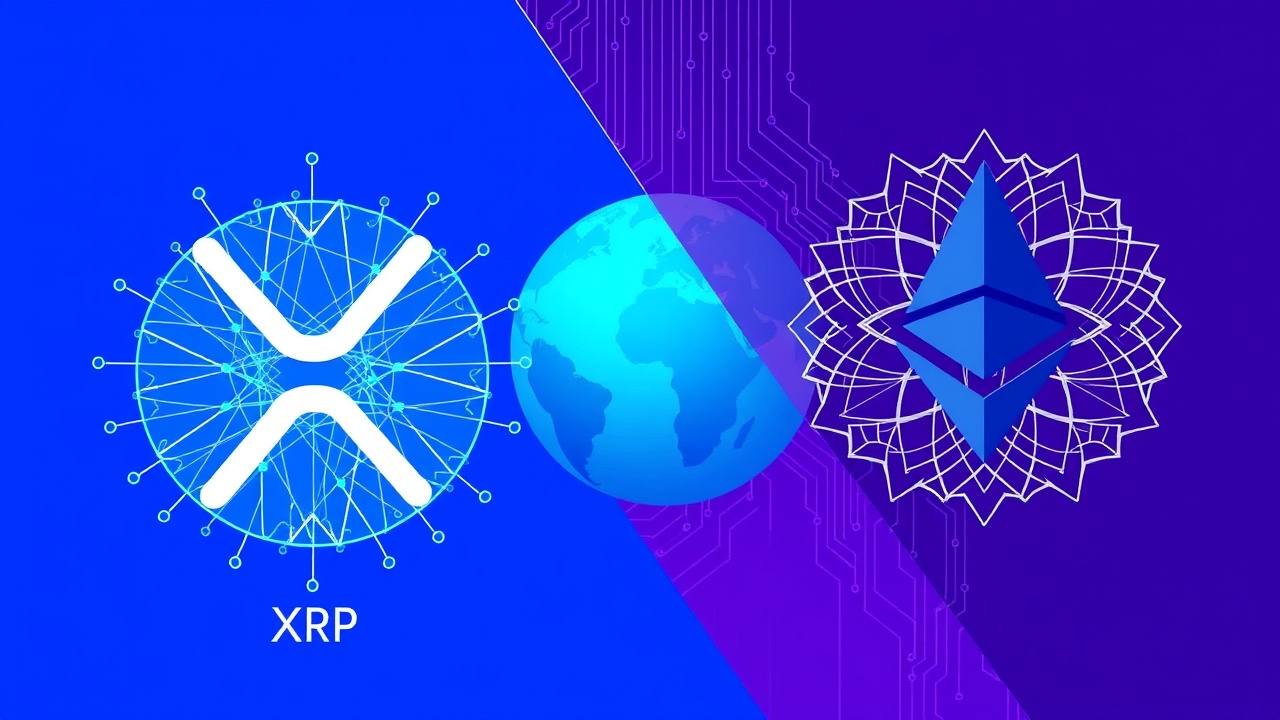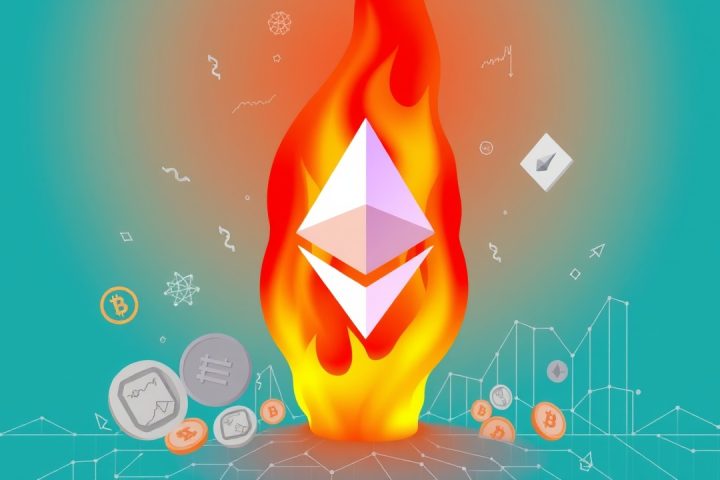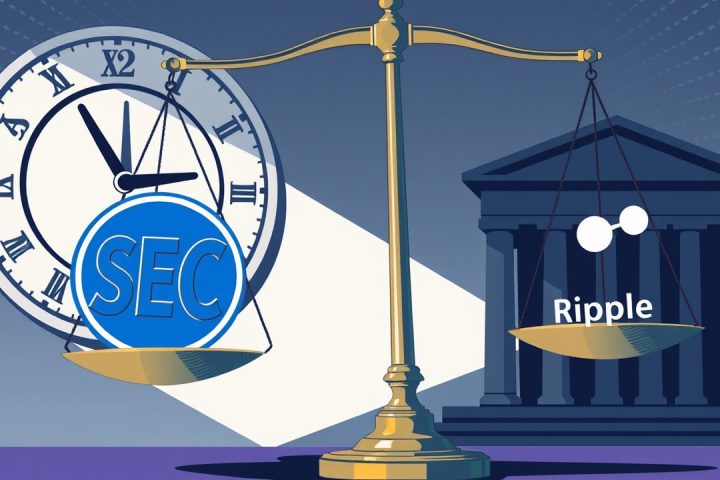Understanding XRP and Ethereum
In the ever-evolving landscape of digital currencies, XRP and Ethereum (ETH) are two prominent players, yet they cater to vastly different functions within the blockchain ecosystem. While Ethereum is lauded for its ability to facilitate smart contracts and decentralized applications (dApps), XRP is specifically designed for rapid and cost-effective international money transfers. These foundational differences not only differentiate their individual use cases but also influence how investors and users engage with each cryptocurrency, making it essential to understand their unique functionalities.
XRP: A Solution for Banking Inefficiencies
Ripple’s XRP, launched in 2012 by a team including David Schwartz, Jed McCaleb, and Arthur Britto, was created to tackle inefficiencies in traditional banking systems that rely on outdated protocols like SWIFT. Such systems can be slow and expensive, often taking days to complete international transactions. XRP offers a solution by enabling transactions that settle within seconds and incur minimal fees, typically just a fraction of a cent.
With a fixed supply of 100 billion coins, the currency serves as a bridge connective tissue for banks and financial institutions, ensuring liquidity without the necessity of maintaining vast reserves in various international currencies. This liquidity feature significantly lowers transaction costs and enhances speed, creating an efficient means for conducting cross-border payments.
Moreover, XRP operates on its own blockchain platform known as the XRP Ledger (XRPL), which is capable of processing over 1,500 transactions per second, further underscoring its efficiency for high-volume transfers. Ripple Labs, the organization behind XRP, has established a network known as RippleNet, which connects a variety of financial institutions around the globe, enhancing their ability to transfer funds seamlessly and promptly.
Ethereum: A Decentralized Platform
On the other hand, Ethereum was launched in 2015, following a proposal by programmer Vitalik Buterin in 2013. Ethereum’s primary purpose extends beyond payments; it aims to create a decentralized, open platform known as a “world computer,” allowing users to develop their own applications without the need for intermediaries. At the heart of Ethereum is Ether (ETH), which serves as ‘gas’ to facilitate operations on the network. Unlike XRP’s finite supply, Ethereum has no maximum limit, leading to ongoing generation as the network evolves.
Ethereum has been revolutionary within the blockchain genre, especially in spearheading decentralized finance (DeFi) and non-fungible tokens (NFTs). It permits users to lend, borrow, and trade directly without traditional banking structures while also facilitating the creation and exchange of unique digital items verified on the blockchain. The Ethereum network can handle anywhere from 15 to 30 transactions per second, which, although slower than XRP, supports complex functionalities like smart contracts—self-executing agreements encoded on the blockchain.
Future Developments and Conclusion
As of late, Ethereum is undergoing a significant upgrade to Ethereum 2.0, which aims to enhance speed, security, and energy efficiency through advancements like the proof-of-stake (PoS) consensus mechanism. With thousands of developers contributing to its ongoing growth, Ethereum maintains a vibrant ecosystem and consistently ranks as a leading blockchain platform.
In summary, while XRP is primarily focused on swift and inexpensive cross-border payments, establishing itself firmly within the banking sector, Ethereum champions broader capabilities with its support for decentralized applications and the burgeoning realms of DeFi and NFTs. Their respective market capitalizations reflect their different purposes, with Ethereum consistently positioned above XRP in terms of overall value and influence within the cryptocurrency space. As both platforms move forward, their diverging paths will continue to shape their roles within the global digital economy.




